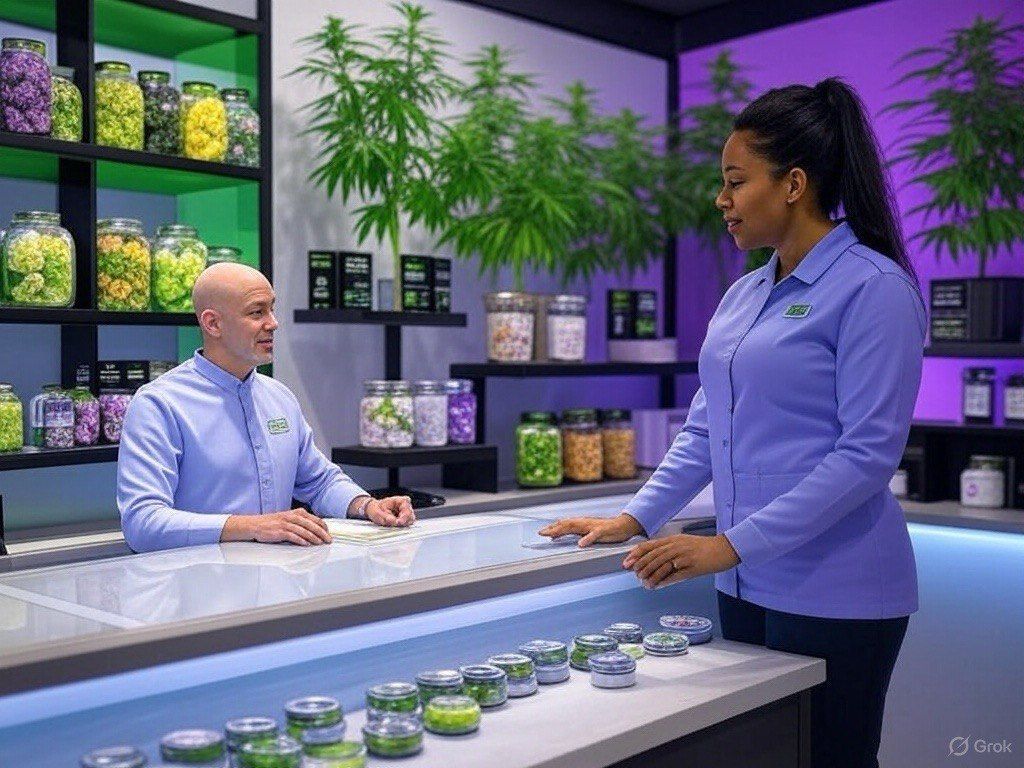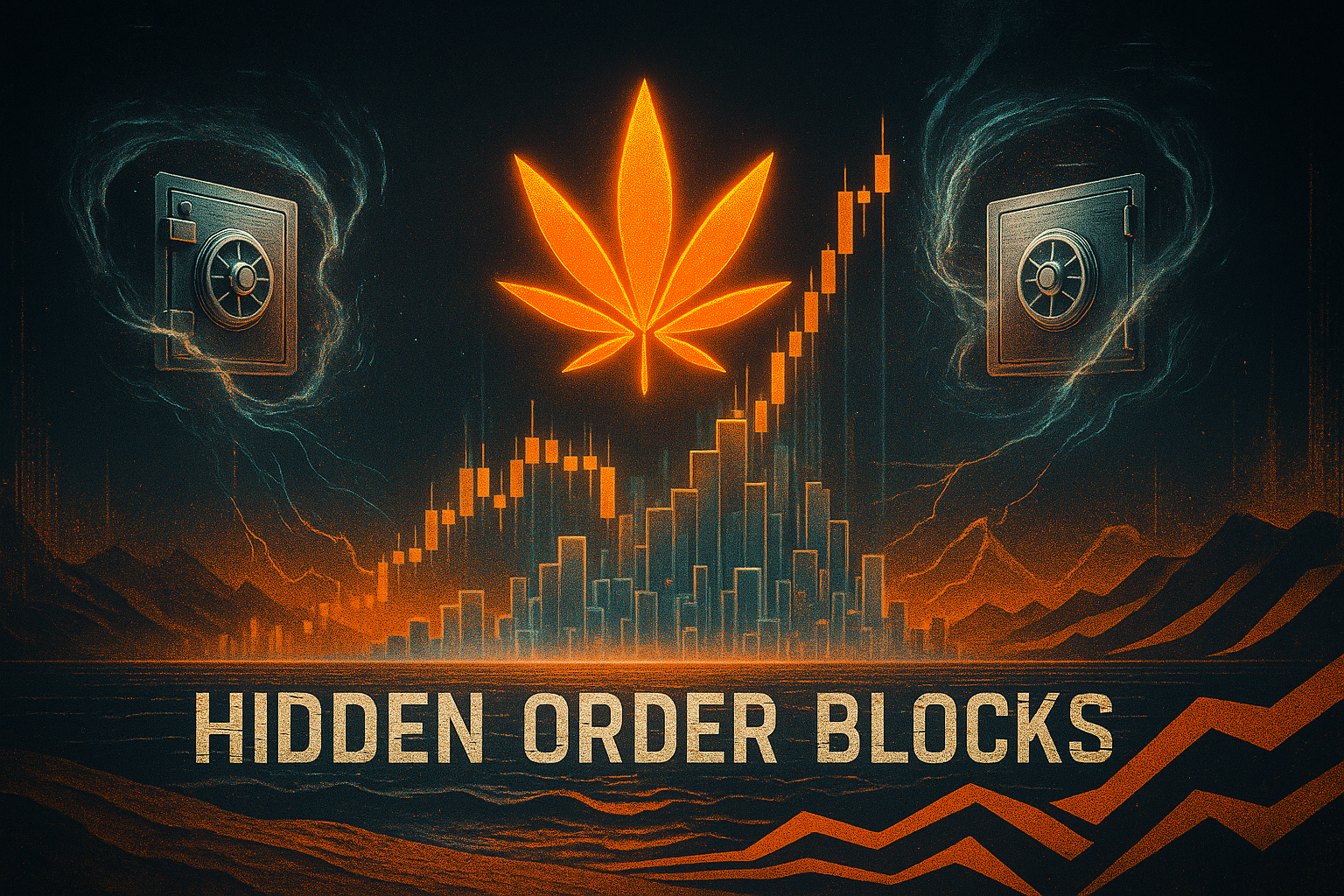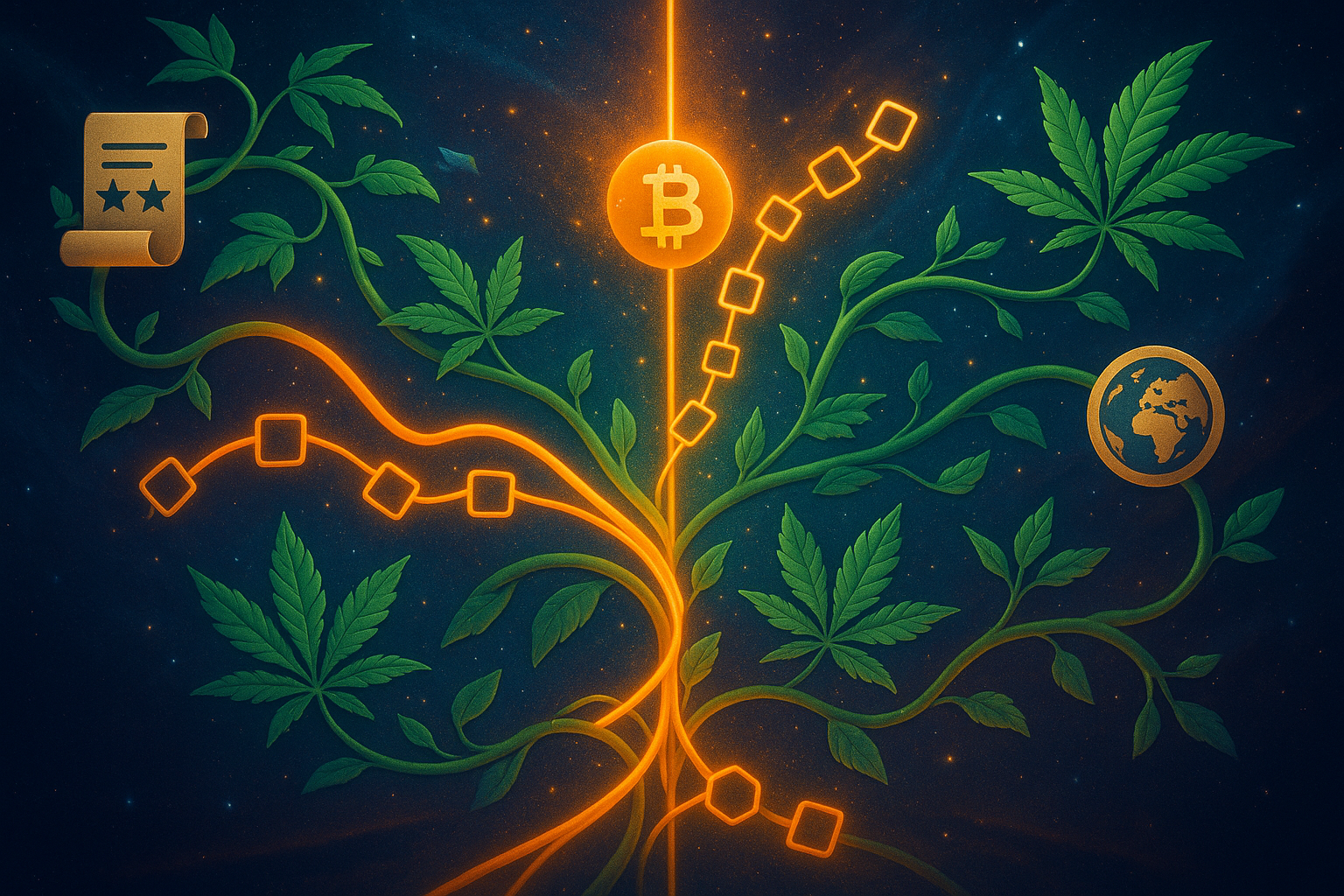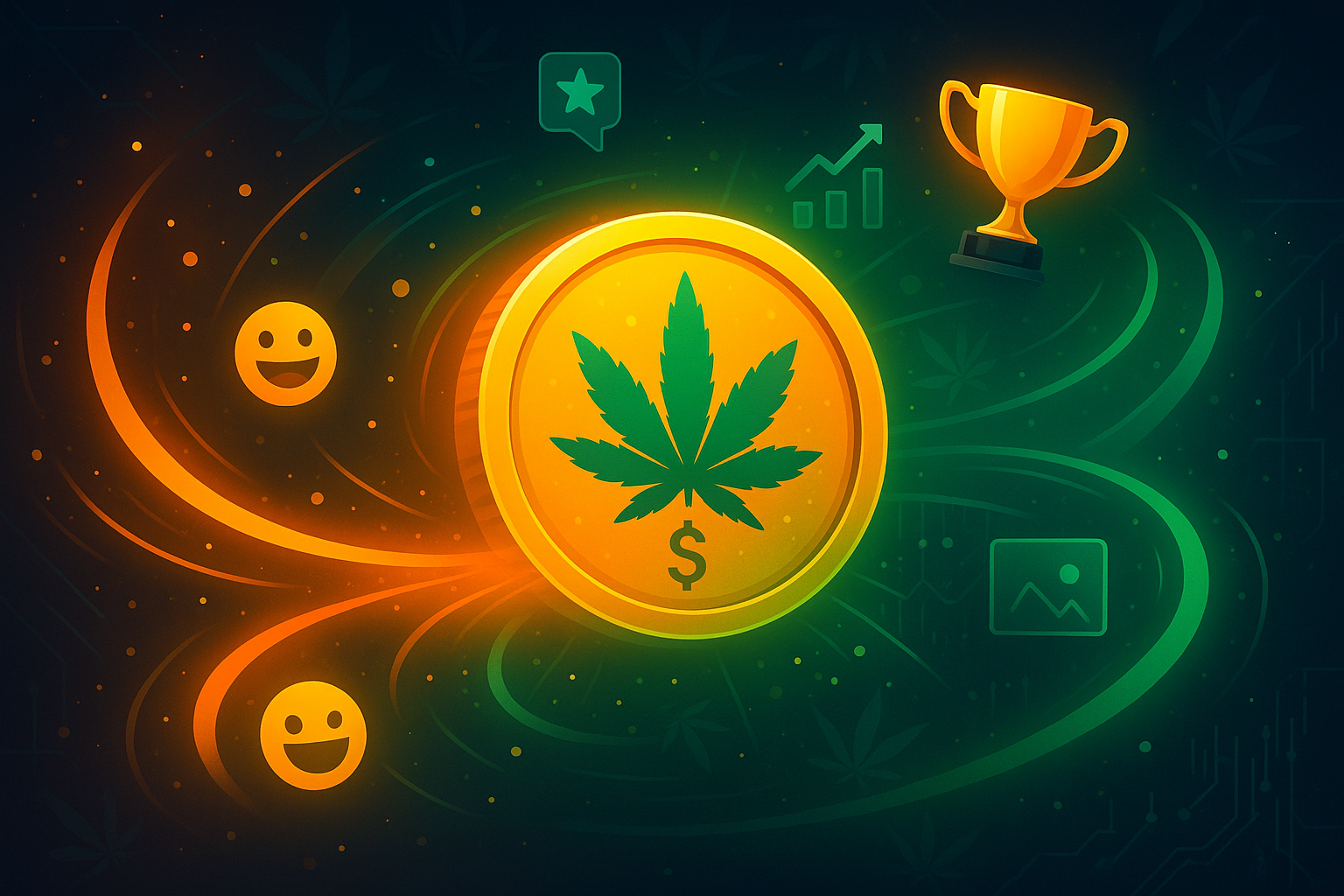Purchase from Licensed Dispensaries for Medical Marijuana
How to Buy Cannabis Safely and Legally
Once you’re registered with a medical marijuana program, purchasing from licensed dispensaries is the next step to accessing your treatment. At Weedcoin, we’re here to guide you through the MediWeed Hub with irie vibes. In this article, we’ll explore how to buy medical marijuana safely and legally from dispensaries, from what to expect to choosing the right products. Whether you’re seeking options for pain relief or exploring new strains, this guide will help you navigate dispensaries with confidence—let’s dive into the purchasing process!

Purchasing medical marijuana from licensed dispensaries ensures safety, quality, and legal compliance.
Locating a Licensed Dispensary
Start by finding a licensed dispensary in your area—most regions provide online directories through their medical cannabis program. In the U.S., state websites often list licensed dispensaries, with many locations available statewide. In Canada, patients can order directly from licensed producers online or visit provincial dispensaries in person. In Germany, medical cannabis is dispensed through pharmacies, requiring a prescription from a doctor. Use tools like Weedmaps or Leafly to find dispensaries near you, and verify their licensing status on your state’s website to ensure legality—unlicensed sellers pose risks of unsafe products and legal consequences.
What to Bring to the Dispensary
When visiting a dispensary, bring your medical cannabis card or authorization, along with a government-issued ID (e.g., driver’s license). In the U.S., patients must present their card to purchase products, and dispensaries often verify it against the state’s registry. In Canada, patients ordering online provide their registration number to the licensed producer, while in-person purchases may require ID. Be prepared for cash-only transactions in some regions—U.S. dispensaries often can’t accept credit cards due to federal banking restrictions. Some dispensaries offer ATMs on-site, but fees can be high ($2–$5), so bring sufficient cash—Michael budgeted $100/month for his pain management products.
Choosing the Right Products
Dispensaries offer a range of products, including flower, edibles, tinctures, vapes, and topicals, each suited to different needs. For pain relief,
Michael used OG Kush flower (15% THC, 15% CBD) and tinctures,
while Aisha chose ACDC tinctures for anxiety (20% CBD, 1% THC). Check product labels for cannabinoid content—look for THC:CBD ratios that match your condition (e.g., high-CBD for epilepsy, balanced for pain). Dispensary staff, often called budtenders, can guide you—explain your symptoms (e.g., insomnia, anxiety) and ask for recommendations. Ensure products are lab-tested for potency and contaminants like pesticides—reputable dispensaries provide certificates of analysis (COAs) on request.
Understanding Pricing and Taxes
Pricing varies by product and region—flower typically costs $5–$15 per gram, tinctures $30–$60 per bottle, and edibles $10–$30 per package. In some U.S. states, medical cannabis is exempt from sales tax, but recreational purchases may incur additional taxes. In Canada, medical cannabis is subject to a 5% tax, but patients can claim it as a medical expense on taxes. Discounts are common—many dispensaries offer 10–20% off for first-time patients, veterans, or low-income individuals.
Aisha saved 10% through a dispensary discount program. Compare prices across dispensaries, and ask about loyalty programs or bulk discounts to manage costs effectively.
What to Expect at the Dispensary
At the dispensary, you’ll check in at the front desk, presenting your card and ID. Budtenders guide patients through the product menu, explaining strains, potency, and effects. You might see products displayed in glass cases or on digital menus—flower is often sold by weight (e.g., 1 gram, 3.5 grams), while edibles and tinctures come in pre-packaged doses. Expect a consultative experience—budtenders ask about your condition and preferences to recommend products. Purchases may be limited—some states allow up to 120 grams of flower per month. Products are packaged in child-resistant containers, and you’ll receive a receipt detailing your purchase for record-keeping.
Practical Tips
- Use your state’s dispensary directory or Weedmaps to find licensed locations—verify their status to ensure legality.
- Bring your medical cannabis card and ID, and carry cash due to banking restrictions in the U.S.
- Check product labels for THC:CBD ratios and ask for lab-tested COAs to ensure safety and potency.
- Ask budtenders for recommendations based on your symptoms—e.g., high-CBD for anxiety, balanced for pain.
- Look for discounts (10–20% off) or loyalty programs to reduce costs—compare prices across dispensaries.
Key Takeaways
- Find licensed dispensaries through state directories or online tools like Weedmaps.
- Bring your card, ID, and cash—U.S. dispensaries often can’t accept cards due to federal restrictions.
- Choose products based on your condition—check THC:CBD ratios and ensure lab-tested quality.
- Pricing ranges from $5–$15/gram for flower; medical purchases may be tax-exempt in some regions.
- Budtenders provide guidance—expect a consultative experience with purchase limits.













